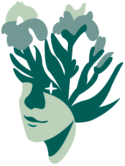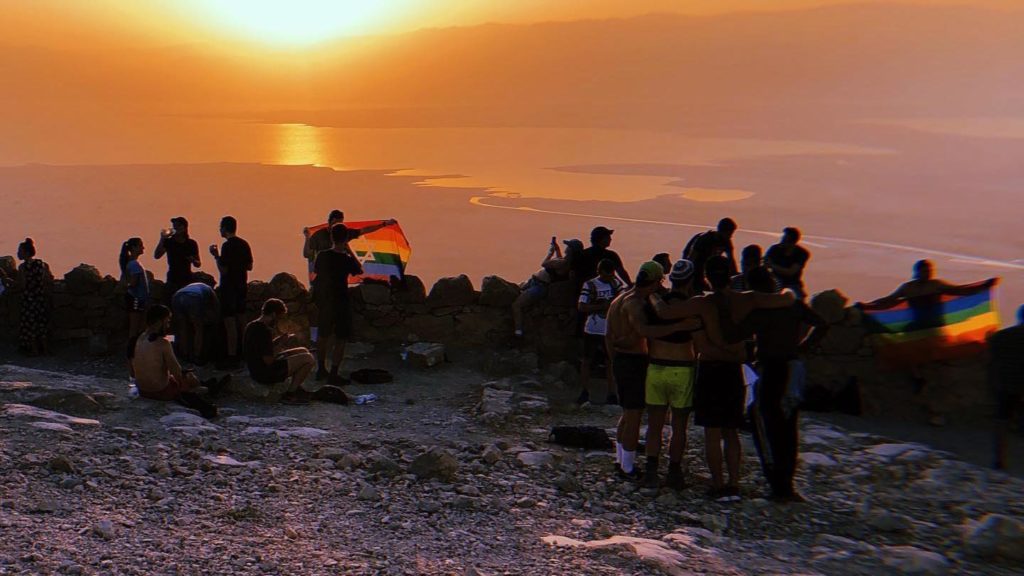I vividly remember the first time i met an out trans person.
While I was at Four Winds hospital in January 2013, I had the good pleasure of becoming friends with a 15-year-old transgender boy named Jacob. At age 17, this was the first time I had knowingly met an out trans person who was living full-time as their affirmed gender. In confidence, I disclosed to him that I was also questioning my gender but that I felt lost and didn’t know what to do.
Though this wasn’t the first time I had told someone this, sharing it with someone who was living their life authentically, much like I wanted to, bred a certain euphoria that I could not explain until much later. At the time, I didn’t have the perspective to understand why this brief interaction felt so intensely comforting and thoroughly motivating. I later realized that this was the first time I had experienced the healing, nurturing, awe-inspiring power of community.
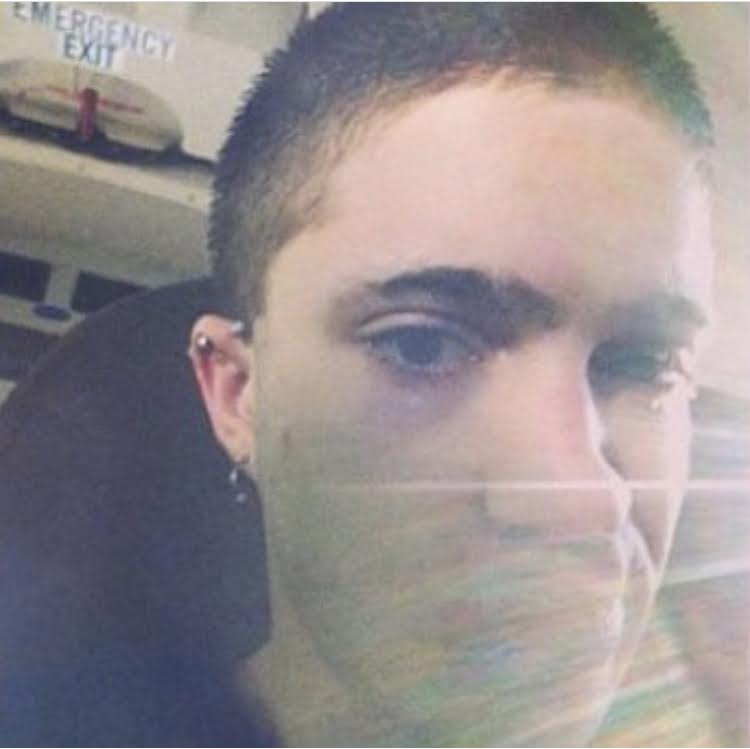
When I sat down in front of the Carlbrook student body in October 2013 and came out as trans, Jacob was still the only out transgender person that I knew. Still, I believed that a community of cisgender allies would suffice for support as I forged my path to self-actualization. As I worked to find that, Carlbrook’s administration fell captive to their own fear as they intentionally destroyed any progress I made. Among other attacks, the Dean of Advising directed the staff therapists to discourage my gender exploration, asserting that giving me space to explore my gender identity would “impede [my] therapeutic progress.” This message reverberated loudly throughout the school, callously ripping away the support system I had just started to build.
Robbed of my friends’ support and affirmation, and without other trans people to echo my pain, the loudest voice in the room was the voice of fear — fear of how parents would react at Carlbrook having a trans student, fear of how they’d need to adjust to accommodate me. Fear of having to learn how to work with a transgender client. I longed for a supportive community that would fight alongside me for my right to find and live my truth, but I was powerless against the thoughtless whims of an administrative staff that was willfully ignorant about trans identities. For some time, I tried to fight back on my own, taking opportunities to speak with some staff members to gain their sympathy and understanding about the pain of being forced to live as a boy.
There is strength in numbers, and without a supportive community to back me up, I found myself shouting into a void for the recognition and validation I so desperately craved. Absent that, I was unable to find peace in my gender while enrolled at Carlbrook.
I searched for an affirming safe haven where I could explore my gender without fear of judgment or discrimination, and with peers to support me.
After graduation, I longed for the freedom to explore the parts of myself I had been taught to so fear. I searched for an affirming safe haven where I could explore my gender without fear of judgment or discrimination, and with peers to support me. Luckily, I found two — the Starbucks where I first worked, and Ramapo College. In both spaces, I found LGBTQ+ folks who created space for me to finally acknowledge my truth.
Luckily, my family lived near an incredibly trans-inclusive college.
In 2015, Ramapo was the only affordable college I could find that offered gender-inclusive housing for first-year students. After living in the boys’ house for two years at Carlbrook, I was unwilling to once again endure the invalidation of being forced into housing based on my assigned sex, so inclusive housing was the main criterion by which I narrowed down college choices.
In order to live in gender-inclusive housing, Ramapo required that interested students find a group of three to five other students who agree to live with them. Each student had to sign an agreement stating their commitment to fostering an inclusive environment, which meant that many folks who signed up for this housing were either allies or transgender themselves.
My first year dorm was made up of me, my non-binary roommate, two bisexual cisgender women, and two allies. In the weeks leading up to move-in, I messaged our roommate group chat to let them know that I was planning to come out publicly and transition as soon as we arrived on campus. Not only were they supportive, they were actually excited for me as I prepared to embark on an incredible journey. Although this dorm brought about its fair share of drama, living with queer folks gave me what I had long been missing — it gave me a community.
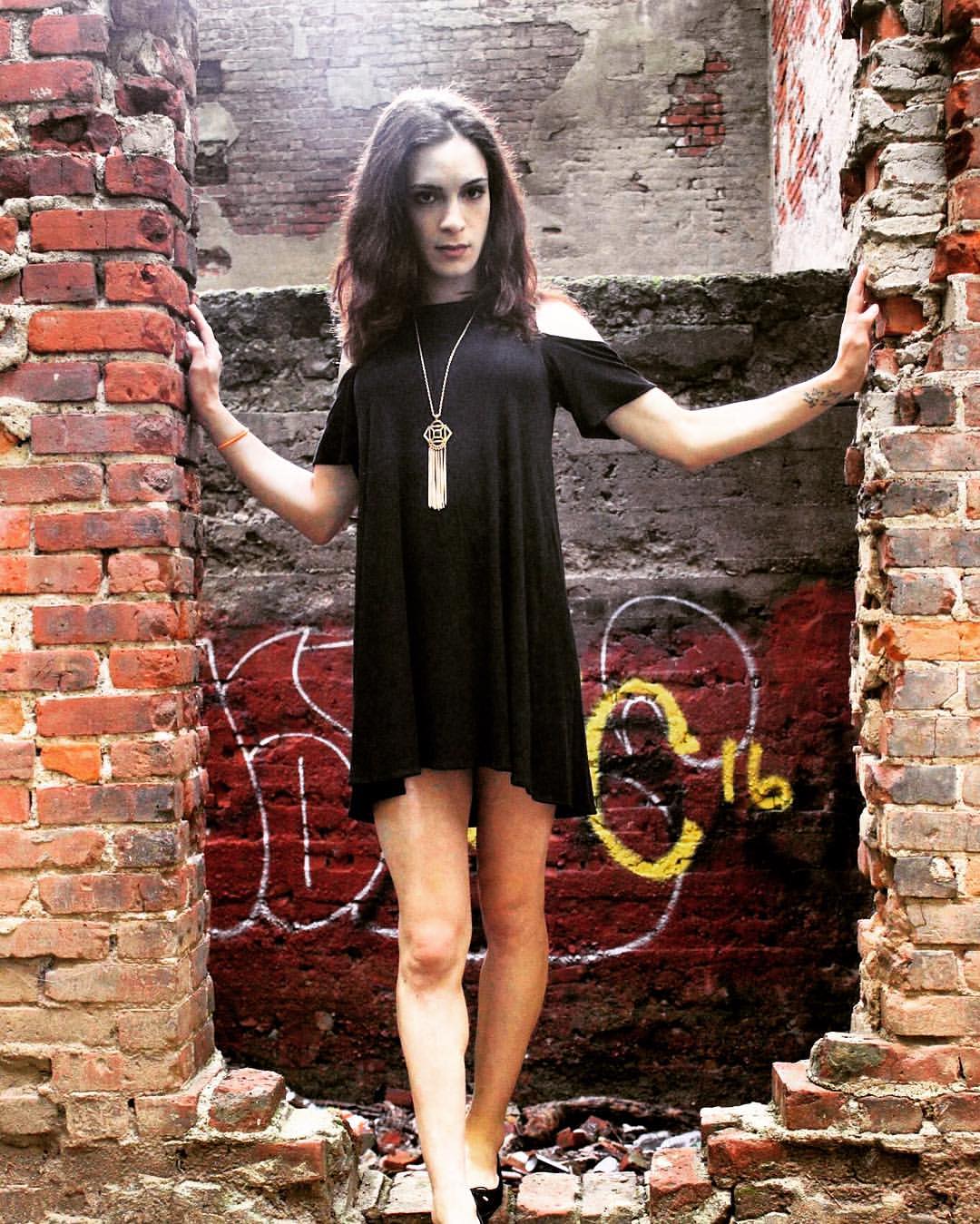
As I branched out socially, I continued to meet transgender people both on and off campus. As my TGNC community grew larger, I grew increasingly confident in my transition and my identity. Ultimately, it was my community whose support gave me the courage to traipse through the admittedly rocky and terrifyingly uncertain first year of my transition. It was my community that became a safe haven for affirmation, validation, and emotional support when my father shamefully told me that I would “never be [his] daughter” and walked out of my life for six months. It was my community that showed me it was possible to do more than just survive — they showed me that I could thrive and succeed and achieve as an out, proud transgender woman.
Although allies can sympathize with my experiences, it was my community that could finally empathize, having endured similar gender trauma, battled gender dysphoria, fought for gender euphoria, struggled to come to terms with their identities, overcome obstacles for the right to transition, and found ways to thrive in spite of it all. Finding folks who could personally relate to my experiences — now that has been true magic.
As time went on, I saw with increasing clarity the guiding, formative power of community in the lives of LGBTQ+ people.
Having other trans people to guide me has made a world of difference.
As time went on, I saw with increasing clarity the guiding, formative power of community in the lives of LGBTQ+ people. The trans people I met within the first few years of my transition were a crucial support as I navigated the many obstacles society sets in the way of transgender people. No longer did I have to see myself through these obstacles on my own — the trans people around me lit my path as I approached each obstacle with the clarity of those who transitioned before me.
When I was struggling with facial hair dysphoria, there was Kara to help explain the pros and cons of laser hair removal and electrolysis. When I wanted to feminize my chest but wasn’t yet ready to start hormones, there was Shauna to tell me about “those chicken cutlet things you can put in your bra that look like titties.” And when I was looking for a therapist in my area who would help support my transition, there was Jenna to tell me about her incredibly affirming therapist, Chip James, who referred me to the therapist I see now.
The world is not always kind to transgender people, and aggressions — both micro and macro — are frequently committed against members of our community simply for daring to exist. Whenever I post on social media about an aggression I’ve faced while going about my daily life, like being groped by the TSA, being misgendered at work, or hordes of chasers filling my Instagram DMs, my trans friends are there to comfort me and empathize with my experience.
No matter what I endure, my beautiful community reminds me that I am not going through it alone. They give me the strength I need to hold my head high and continue about my day when I’m feeling beaten down by the world, when I’m feeling dysphoric, or when I’ve reached my emotional threshold.
When I need a trans-affirming safe space to process pain or trauma, my friends are there to create that space and validate my experiences.
When I realize that something I did as a child or adolescent that was labelled “odd” at the time (i.e. How viscerally upset I would get any time one of my friends got their period) was actually directly connected to my transness, my community is there to unpack the realization and often personally relate. Without their insight, I would not be half as comfortable or confident in my identity as I am today– indeed, I owe so much of my happiness and well-being to their immense support over the years.
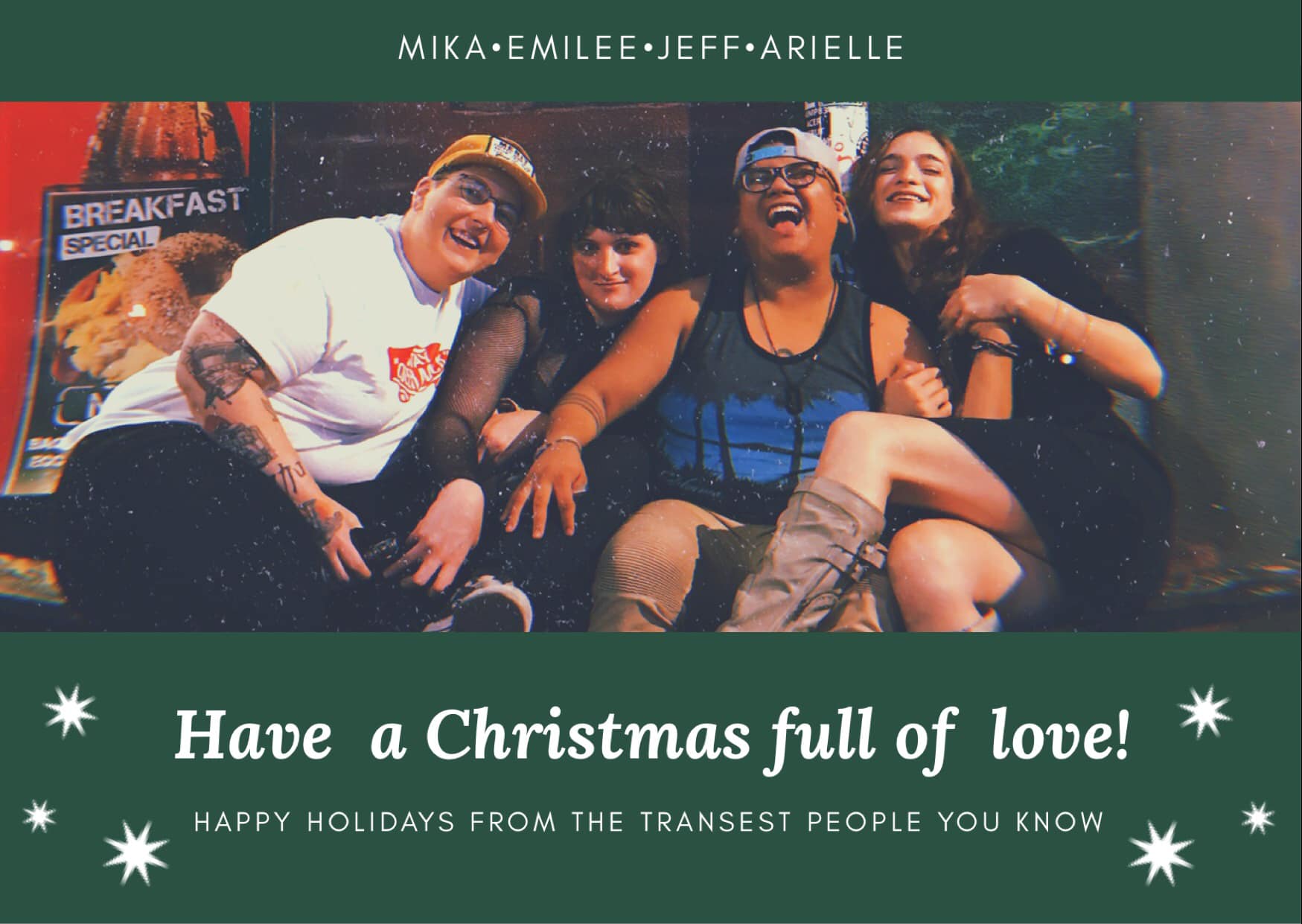
While community is crucially important on a personal level, the sheer power of increased visibility and representation to increase acceptance on a societal level is equally so. Since 2013, which Time magazine dubbed the “Transgender Tipping Point,” the transgender community has grown considerably in size. As positive and affirming trans representation increases its reach, more transgender people are made comfortable enough to come out.
Witnessing another transgender person unapologetically, blissfully, and relentlessly pursuing their truth gives others permission to do the same, who in turn have the same effect on people who meet them, effectively creating a blue-and-pink affirmation snowball that reaches far and wide. As our community snowball grows larger, it becomes harder for others to continue to ignore our existence and remain ignorant about transgender people, especially when someone in their life comes out as transgender.
I could not be where I am today — personally, professionally, any of it — without the endless support and guidance of my incredible community.
I could not be where I am today — personally, professionally, any of it — without the endless support and guidance of my incredible community.
To cisgender allies — continue creating space for your transgender friends to confide in you, but recognize that being cis means you are limited in your ability to relate to our experiences.
To transgender folx — finding community can be profoundly impactful, but it may look different for everyone and may be more difficult to access in rural and suburban as opposed to urban environments.
Luckily, in the digital age, it is easier to find community from a distance now than ever. You can follow badass transgender folx on Instagram, like @LaverneCox, @JanetMock, @IndyaMoore, follow transgender hashtags like #TransIsBeautiful and #GirlsLikeUs to find trans folx who aren’t necessarily A-List celebrities, go to support groups like PFLAG, join LGBTQ+ or trans-specific groups in college, or go to trans conferences like the Philly Trans Wellness Conference. However you find it, I hope that finding community helps you soar. It sure as hell did for me.
